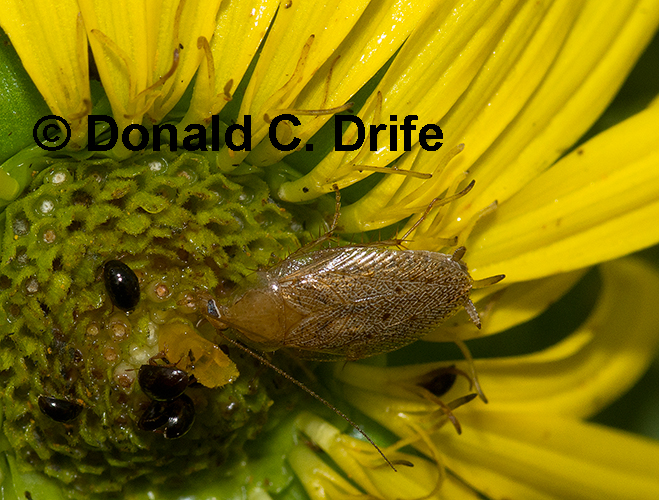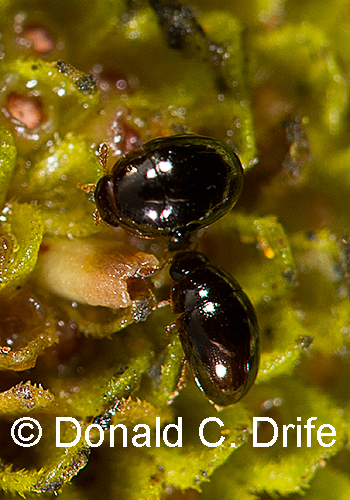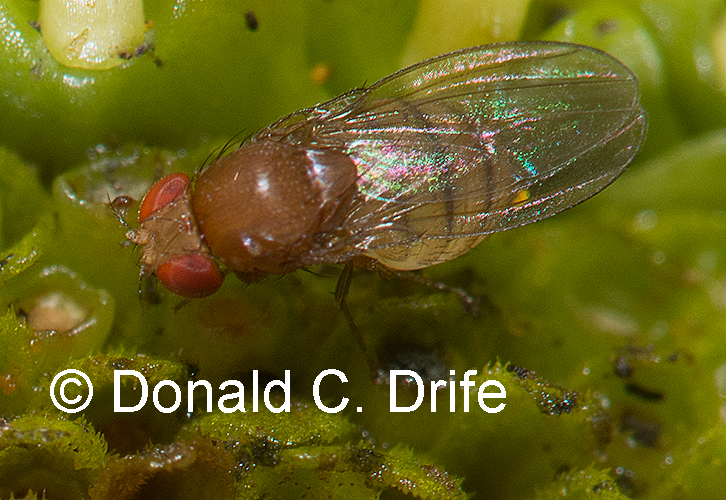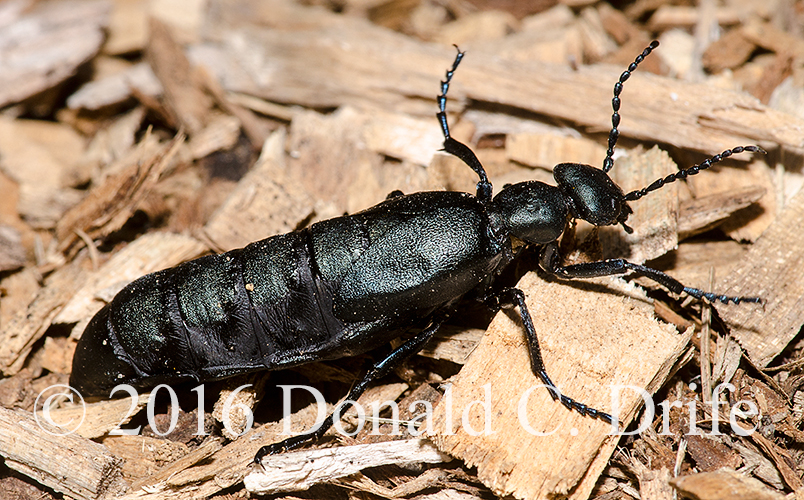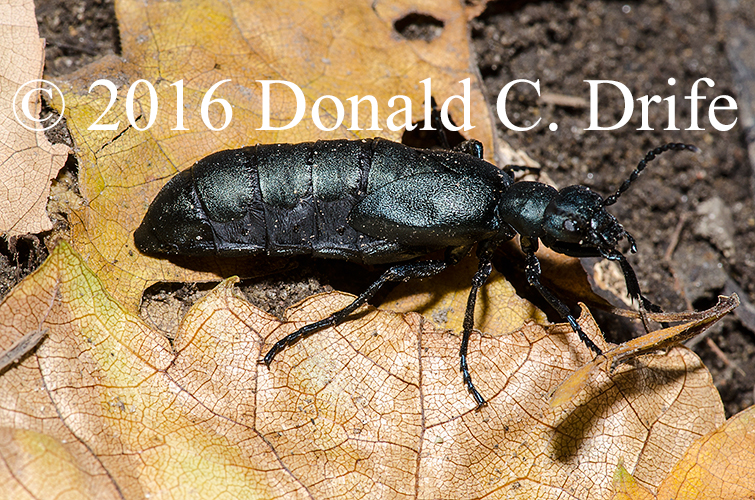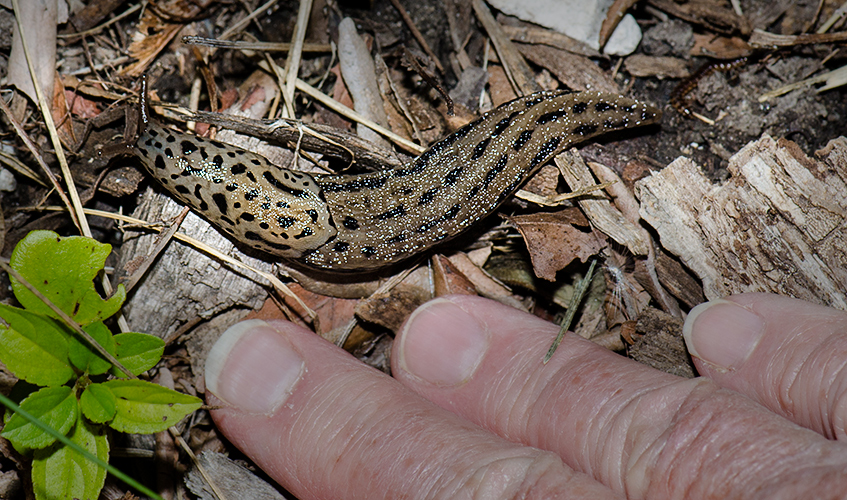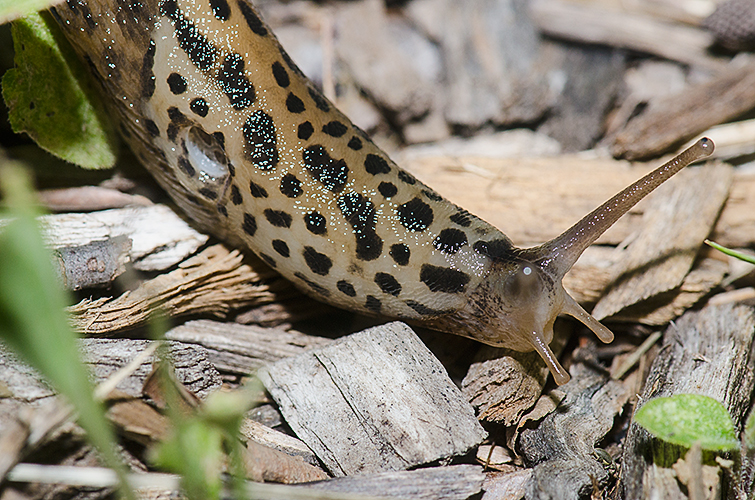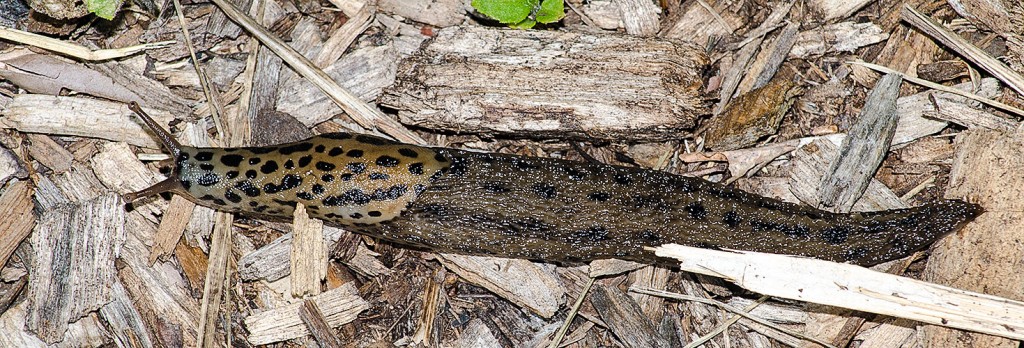Yesterday, I made a quick stop at the Royal Oak Arboretum to check on the progress of our Canada Thistle control. I took my camera along. I spotted a Wood Cockroach (Parcoblatta sp.) feeding on the wilting flowers of a Cup-plant (Silphium perfoliatum). I took a few quick photos.
Wood Cockroaches are in the same family as the German Cockroach (Blattella germanica). German Cockroaches are the night marauding, indoor living pests. Wood Cockroaches are day active and seldom seen indoors. If they get into a house, they cannot survive in the environment and as a result are short-lived. They feed on decaying organic matter.
When I viewed my images on a computer monitor, I could see that the black specks I thought were abnormal flowers on the flower disk were tiny black beetles. These were Shining Flower Beetles (Olibrus sp.). Approximately 30 species of this genus occur in the United States and they require a modern treatment so we can better understand them. Adult Shining Flower Beetles feed on the flower-heads of the Aster Family (Asteraceae). Larva develop in the flower-heads of the Aster Family. Each Shining Flower Beetle species appears to use a specific plant species.
I made another quick trip to the arboretum and as I was photographing the tiny beetle an interesting fly of an unknown species came onto the flower.
Standing next to this plant for less than five minutes; I wondered what I would have seen if I had hours to study this small area. Get outdoors, find a patch of flowers, stand there, and look for insects. I can’t identify every insect I see but they still fascinate me.
Copyright 2018 by Donald Drife
Webpage Michigan Nature Guy
Follow MichiganNatureGuy on Facebook

